3 Automations I Built to Make Returning to Work After Vacation Easier
Enjoy your vacation and your first day back with less stress and more control.
Quick note before we dive in: I missed last week's newsletter and this one's running late because I've been on holiday. Which is actually perfect timing. The whole idea of automating my way out of vacation anxiety came to me right before I left, when I started panicking about the chaos waiting for my return. I built these automations before my trip and got to properly test them when I came back. Turns out, they work even better than I hoped.
My post-vacation automation toolkit
This article walks you through three automations I built to make returning from vacation less stressful. Each comes with a step-by-step guide so you can set it up yourself.
Automation #1: The “Open Loops” Pre-Vacation Scanner
Before you leave, it reviews your recent emails and creates a checklist of unfinished commitments and unanswered requests. That way you know exactly what to close out before you disconnect.
Automation #2: The “While you were out” Email Digest
Collects all the personal, non-promotional emails you received while away and puts them into a document. It filters out newsletters, promotions, and noise, so you can see in minutes what actually mattered.
Automation #3: The AI Task Generator
Reads your important emails with AI and turns them into tasks. Each email gets summarized, then categorized by the action required (reply, add to to-do list, or just read). It also assigns a priority level, then stores everything in a task list you can review in Google Sheets (or even tools like Notion or Todoist).
PS: I’m opening 7 spots to personally build custom automations for my readers. If you’d like one, just reply to this email with what you need. I’ll share more details after I walk you through the automations.
When vacations end before they end
Do you know that sinking feeling when you've just had the most amazing vacation, and now you're staring at your phone on the last night, dreading what awaits you back home? Not just the mountain of emails, but that paralyzing question: where do I even start?
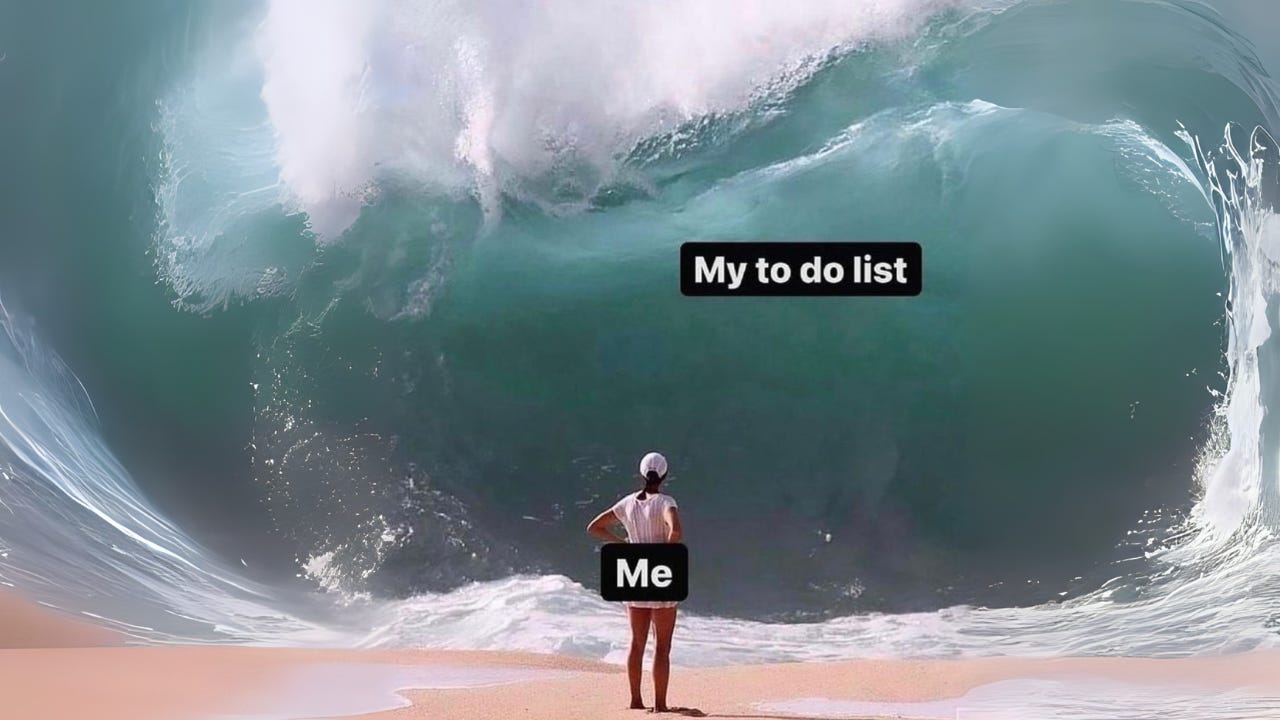
This is the odd reality of modern vacations: the privilege of disconnection paired with the terror of reconnection, where stepping away from our desks feels like jumping off a moving train. Exhilarating for a moment, but the landing promises to hurt.
I've been there multiple times. Every vacation follows the same pattern: the first few days are pure bliss, then around the last few days, my brain starts doing this thing where it wanders back to work. How many emails are accumulating? What deadlines am I forgetting? What decisions are being delayed? What small fires are turning into bigger ones while I'm sipping cocktails on a beach? By the last day, I'm already mentally back at my desk, running through all the unfinished tasks I left behind.
Since I just got back from my vacation in Fethyie, Turkey (a full 2-week one!), this time I started freaking out about the return before I even left.
Why rest feels harder than it should
We've created a strange paradox, where work lives everywhere and nowhere at once. Your office is in your pocket, your inbox follows you to the beach, and your Slack notifications can reach you on a mountaintop in Tibet (if there's wifi).
This "always accessible" digital environment means that even when we physically leave work, work never really leaves us.
Previous generations had clearer boundaries. When you left the office, you left the office. The building locked, the phones stopped ringing, and whatever happened overnight would wait until morning. Now, our work exists in a cloud that hovers perpetually above us, accessible from any device, any location, any moment we choose to reach up and grab it.
The statistics reveal just how widespread this issue has become. 72% of workers avoid taking holidays specifically to prevent the stress of preparation and return. Think about that: nearly three-quarters of us would rather skip rest entirely than face the chaos of coming back. Another 52% leave vacation time unused because they're paralyzed by anticipation of the workload waiting for them.
And when we do manage to take time off, 78% find returning to work after vacation stressful, just like I do. More than a third experience actual dread and anxiety the day before going back. In other words, the very thing designed to restore us becomes another source of stress.
For some people, this might come from disliking their job. But for me, that’s not the issue. I love my work, maybe too much. What makes it stressful is that the to-dos multiply faster than I can clear them.
I always leave for vacation with a backlog of projects and commitments, then while I’m away more tasks pile up, and by the time I get back my brain is still half on vacation while also trying to remember what I promised myself to do before I left. It feels like I need another vacation just to recover from vacation, all while trying to figure out what should take priority from everything that accumulated.
And despite those last few days, vacation is still when I actually unwind and remember how much I love life outside of work. I would never give up that time, and I hope you wouldn’t either. It is too important to sacrifice, no matter how much work tries to sneak into your suitcase.
But the challenge is still there. Before you’ve even shaken the sand out of your shoes, you’re hit with the demands of daily life, and that leads straight to the next challenge.
The seductive trap of digital overwhelm
Somewhere along the way, we started treating our inboxes like containers of human obligation, as if every message represented an equally valid claim on our time and attention. We've confused volume with importance, urgency with priority, presence with productivity.
So when you open your laptop and immediately feel like you're drowning, it’s not because each individual email is overwhelming, but because the undifferentiated mass of communication creates a kind of cognitive vertigo. Your brain, already struggling to transition from vacation-mode to work-mode, gets flooded with competing signals. Everything feels urgent. Nothing feels manageable.
This is what researchers call "choice overload", when too many options create decision paralysis. Your inbox becomes a chaotic auction where every message is bidding for your attention, regardless of their actual importance to your life or work. That’s the trap I tend to fall into.
As I realized I couldn’t keep letting this cycle ruin the end of every vacation (especially this longer one), I started thinking about solutions that would actually help me separate the meaningful from the meaningless, the actionable from the informational, the truly urgent from whatever just happens to be sitting in my inbox, so I could come back without dreading what was waiting for me on that very first day back.
By then, it was already obvious what tool I was going to use: the simplest automation tool I’ve tried.
Google Apps Script
This was the first automation tool I ever tried, and it turned out to be way easier than I expected.
It’s been around long before the current wave of AI, but now, with GenAI’s help, I can write code, troubleshoot, and debug, even without any programming background. What used to feel out of reach is now something I can actually build and use myself.
I keep coming up with new ideas, and every time I try something, I’m surprised by how much Google Apps Script can handle. I’ve built all sorts of automations with it by now, and it really does make building these tools possible for anyone willing to experiment.
Here’s why I use it, and why it might be worth considering for you too
It's free. In a world of pretty expensive automation tools like Zapier and Make that charge monthly fees, that’s no small thing.
It lives inside the Google ecosystem. Your emails live in Gmail. Your calendar lives in Google Calendar. Your documents live in Google Drive. Google Apps Script lets you build bridges between these systems, creating automations that understand context, not just content. For anything that can be done inside Google's ecosystem, I see no reason to pay for external automation tools.
You can connect it beyond Google. While it’s designed for Google's world, you can connect it to other apps that offer APIs, from Notion to Slack and beyond.
AI really makes this accessible to everyone. Gemini is also a Google product, which means it understands Google Apps Script inside and out. It can guide you step by step, even if you have zero coding skills (just like me).
A quick reality check: you’ll probably hit some frustrating moments and run into errors that make no sense, and sometimes a five-minute fix turns into a twenty-minute puzzle. But those challenges are what help you understand your systems and the logic that connects them.
The good news: What I'm sharing here is a step-by-step process I've tested and refined, so it's highly unlikely you'll run into errors because these are the exact steps I took to make it work, after trial and error on my end.
A quick glance at the three automations we’ll go through
Let’s now go over them one by one.
If you value resources like this, you can support my work with a pledge. Writing and building them takes a lot of time and care, and I want to keep most of them free and accessible. Your support helps me keep it that way and create more guides like this one for you.
Automation #1: The “Open Loops” Pre-Vacation Scanner
Most people worry about what will happen while they’re away. But just as stressful is the thought: what did I forget to finish before I left?
This automation gives you peace of mind by scanning your recent emails and creating a checklist of unfinished commitments and unanswered requests. You’ll know exactly what to wrap up before you disconnect.
Who this is for:
Anyone who wants to step away on vacation confident that they haven’t left anything hanging (no half-finished promises, no missed requests).
How it works:
Scans your calendar: It looks for a vacation event starting tomorrow (keywords like “vacation,” “holiday,” or “out of office”).
Reviews past emails: By default, it scans the last 14 days of messages you’ve been part of (you can adjust this to more or less in the script).
Analyzes with AI: Each thread is sent to Gemini, which checks for:
Commitments you made but didn’t follow through on
Requests from others you haven’t responded to
Creates a checklist: It compiles the results into a Google Sheet with checkboxes, summaries, and direct links back to the original emails.
Delivers the report: You get the list in your inbox the morning before your vacation begins.
Why it works:
Before time off, your brain is cluttered with “Did I forget something?” This automation answers that for you. You see a clean checklist of open loops so you can prioritize, close them out, and leave with peace of mind.
Downsides:
Processing is slower than the other automations since it scans and analyzes so many emails. The report may take up to an hour or even longer, depending on your inbox size. (For me, it took way more than an hour.)
It only runs if your vacation event is set up a few days before the time off starts. If you want it to run after you return (like Automation #3), you can just tweak the script. Ask Gemini for help with that change.
Setup time:
About 20 minutes.
Testing tip: You don’t need to wait for your next real vacation. Just create a calendar event for “vacation” starting tomorrow and the script will run as if you were about to leave, generating a checklist from the last two weeks of emails.
How you can tweak it further:
Enhance the AI prompt to assign a priority score (1–10) and extract deadlines, with the sheet sorted by priority.
Have the script draft polite follow-up emails for “Awaiting Reply” or “Request Made” items, saved directly to Gmail Drafts.
Automatically snooze “Awaiting Reply” threads for 3–4 days, resurfacing only if no reply arrives.
Automation #2: The "While you were out" Email Digest
The first automation solves the most basic vacation anxiety: what actually happened while I was gone? What emails matter?
Think of this automation as hiring an assistant who understands the difference between signal and noise. Someone who can sift through hundreds of emails and surface only the ones that deserve your attention.
Who this is for:
Anyone who wants to return from vacation and quickly scan what piled up, so they can spot and prioritize the emails that actually matter.
How it works:
Scans your calendar: Looks for events with keywords like “vacation,” “holiday,” “out of office,” or “trip” that ended yesterday.
Finds the emails that matter: Searches Gmail for messages in your primary inbox, using three simple rules:
Must be in your main inbox (not archived or hidden)
Not a promotion - excludes anything Google placed in Social, Promotions, Updates, or Forums
Not a newsletter or mailing list - filters out emails containing “unsubscribe”
Analyzes with AI: Sends each remaining email to Gemini, which:
Summarizes the message
Identifies the action item
Assigns urgency (High, Medium, Low)
Categorizes it (Reply, To-Do, Read)
Creates a formatted task list: Exports results into a Google Sheet with summary, category, urgency, and a direct link to the original email.
Sends you the report: Delivers an email with the link to the task list.
Schedules your review: Adds a one-hour calendar event for the next workday, with the task list link included.
Why it works:
Instead of sifting through your inbox message by message, you get a clear summary you can scan in minutes. You see everything at once, so you don’t waste half your day catching up or risk overlooking something important in the clutter.
Downsides:
You can’t set your own detailed filtering rules out of the box. If you need very specific sender- or keyword-based filtering, this automation won’t give you that level of control. However, the Gmail search query in the script can be customized to include or exclude certain addresses, domains, or keywords if you want to adapt it more closely to your needs.
If your calendar events aren’t labeled with vacation-related keywords, the script might miss them (though you can edit the keyword list).
Setup time:
About 10-15 minutes the first time. After that, it runs on its own for every vacation.
Testing tip: You don’t have to wait until your next vacation to try it. Just create an all-day calendar event that ended yesterday and the script will generate a digest for that period.
How you can tweak it further:
Add more filtering rules (keywords, sender lists, or client domains).
Switch the output from Google Sheets to Google Docs if you prefer a document view.
Integrate AI so the script not only gathers emails but also summarizes them, generates tasks, or even schedules time on your calendar.
Automation #3: The AI Task Generator (Emails to Action Items in Google Sheets)
The first automation gives you a summary of what happened while you were away.
This one takes it further by telling you what to do about what happened. Instead of reading through emails and mentally translating them into tasks, the script uses AI to do that translation for you.
Think of it as having someone read every email, extract the action items, categorize them, and prepare a to-do list for you.
Who this is for:
Anyone who wants to return from vacation (or manage their daily inbox) with a ready-made task list instead of an overwhelming set of messages to process.
How it works:
Scans your calendar: It looks for events with keywords like “vacation,” “holiday,” “out of office,” or “trip” that ended yesterday.
Finds the emails that matter: It searches your Gmail for messages in your primary inbox and applies three simple rules:
Must be in your main inbox (not archived or hidden away)
Excludes anything Google already put in Social, Promotions, Updates, or Forums
Removes newsletters and mailing lists by filtering for “unsubscribe”
Analyzes with AI: Each remaining email is sent to Gemini AI, which:
Summarizes the message
Identifies the action item
Assigns urgency (High, Medium, Low)
Categorizes it (Reply, To-Do, Read)
Creates a formatted task list: Exports results into a Google Sheet with the summary, category, urgency, and a direct link to the original email.
Sends you the report: You get an email with a link to the new task list.
Schedules your review: Creates a one-hour calendar event for the next workday, with the task list link included.
Why it works:
Coming back from time off, the hardest part isn’t that you can’t process your inbox. It’s that doing so takes time and mental energy. This automation lays everything out in a clear task list, sorted by urgency and action type, so you immediately see what piled up and can move into decision and execution without wading through every single email.
Downsides:
The AI’s categorization may occasionally misclassify items. However, the prompt in the script can be tweaked to better reflect your own rules and conditions, giving you more control over how tasks are interpreted by Gemini.
Setup time:
Around 15-30 minutes.
Testing tip: You don’t need to wait for a real vacation. Just add a test event in your calendar with “vacation” (or a similar keyword) set to end yesterday, then run the script. It will treat that as if you just returned and generate a task list from the vacation timeframe you set in the calendar.
If you’d like a version that connects to Notion, Todoist, or another task manager you use, just hit reply to this email and let me know.
How you can tweak it further:
Change categories or urgency levels to match your workflow.
Ask AI to expand summaries into checklists or next steps.
Extend it beyond vacation so it runs daily or weekly, continuously turning email into organized tasks.
Your next step: making the automations work for you
Implementation details matter, but philosophy matters more. What really makes these systems work is that they fit with how our brains naturally handle information. We weren’t built for digital overload. These automations act as bridges between natural cognitive patterns and modern information systems.
Where to start
Choose based on your biggest pain point:
If you’re worried about unfinished tasks before leaving → start with Automation #1: The “Open Loops” Pre-Vacation Scanner.
If you’re drowning in email volume → start with Automation #2: The “While You Were Out” Email Digest.
If turning emails into action drains you → start with Automation #3: The AI Task Generator.
How to implement
Each automation comes with a guide you can follow step-by-step. While it might look like a lot of steps, it’s actually quicker to implement than it seems.
If you get stuck, Gemini AI can help troubleshoot or walk you through changes.
How to use them well
The goal isn't to create perfect systems, it's to create systems that get better over time, that learn from your behavior and adapt to your evolving needs.
Let them reveal your patterns (for example, which emails you consistently treat as important vs. ignore, or how AI’s priority scores compare to your real choices).
Treat these automations as starting points, not endpoints. Once you understand how they work, you can modify them to reflect your specific situation. The beauty of building on Google Apps Script is that modifications are conversations, not coding challenges.
If you end up implementing any of these automations, I’d love to hear how it went. Let me know in the comments or reply to this email!
Want your own custom automation?
I’m offering to build custom automations for 7 readers. If you have a workflow or task you want automated to fit your specific needs, just reply to this email (or DM me on Substack) and tell me what you’re looking for.
I’ll build it for you, and you can pay me whatever it’s worth to you by buying me a coffee. It’s first come, first served.
Recent requests I’ve been getting from my readers give you a sense of what’s possible:
Karim asked for an automation "that reads my emails, identifies the most relevant ones that ask for a meeting and I haven't answered yet, and replies to them by checking my calendar and scheduling a meeting."
Tom wanted "some kind of agentic AI to auto-delete anything in a labeled folder that's over a week old—on a rolling, weekly basis."
The possibilities really are endless in Google’s ecosystem, from turning form responses into reports, to creating follow-up reminders, to auto-organizing documents.
And if you’re still not sure what to automate, I wrote a step-by-step guide on spotting the repetitive tasks in your workflow. It’ll help you uncover the areas where automation makes the biggest difference.
The deeper architecture of attention
These automations solve a surface problem (vacation anxiety) but they point toward something more fundamental: the need for intentional systems in an age of infinite inputs, where attention is under constant assault.
The vacation problem is just the most acute version of a chronic condition: we’ve built digital environments that overwhelm our capacity for discernment. Our tools are sophisticated at capturing information and terrible at helping us understand what actually matters.
But here’s what I’ve learned through building these systems: the same technology that creates overwhelm can create clarity, if we’re intentional about how we design it.
The vacation automations work because they create space for presence, both during the vacation (freedom from anticipatory anxiety) and after (clarity about what actually needs attention).
They don't eliminate work. They eliminate the work of figuring out what work matters.
If this was useful to you, or you know someone stressed out about returning from vacation, share this post with them.
The vacation you actually deserve
A few months ago, I was the person who checked email on the beach, who carried a mental to-do list around the whole trip, who let anticipatory anxiety steal presence from experiences I’d worked months to create. This time, the only thing I carried was my books.
Last night, I returned from Turkey to find a perfectly organized briefing waiting for me. Twenty-three emails that actually mattered, sorted by priority, with AI-generated action items and clear urgency assessments.
Instead of spending this morning, my first day back, drowning in information, I spent it making decisions. Instead of feeling overwhelmed by everything I'd missed, I felt informed about everything that mattered. The work was still there, but the panic was gone. The information was still complex, but the path forward was clear.
This vacation actually restored me. Not because I cared less about work, but because I built systems that cared about it intelligently.
And this is what good systems do: they don't eliminate complexity, but they make complexity navigable.
Beyond vacation: building a life that supports your best work
The principles behind these automations extend far beyond vacation planning.
Every area of friction in your digital life is an opportunity for thoughtful automation. Every repetitive task that steals attention from creative work is a candidate for systematic solution that doesn’t remove human agency, but refocuses it on what actually matters.
These systems don’t make decisions for you; they organize information so you can make better ones. They don’t eliminate judgment; they create space for it by handling the tedious work of sorting and prioritizing, with human oversight.
Once you start thinking in terms of intentional systems rather than reactive responses, you begin to see automation opportunities everywhere.
And if you’d like to go further than articles and design systems that integrate AI into your work in ways that actually help, I also take on a small number of consulting projects.
It’s the same philosophy you’ve read here, using AI and automation thoughtfully to reduce friction and create space for meaningful work, just applied directly to your specific challenges.






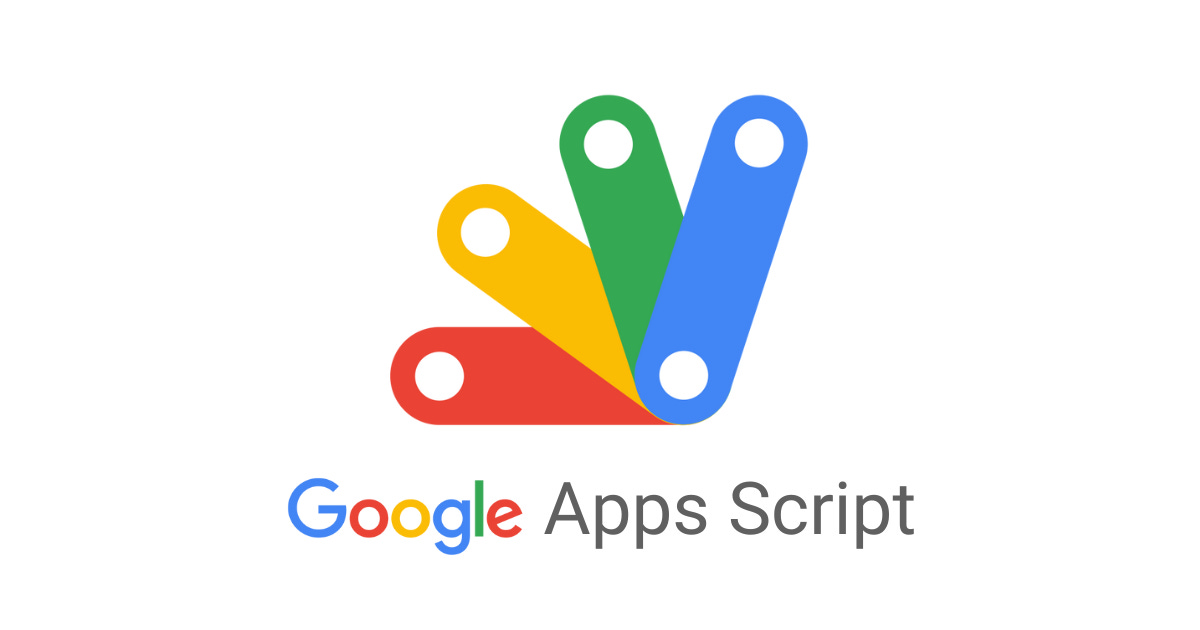

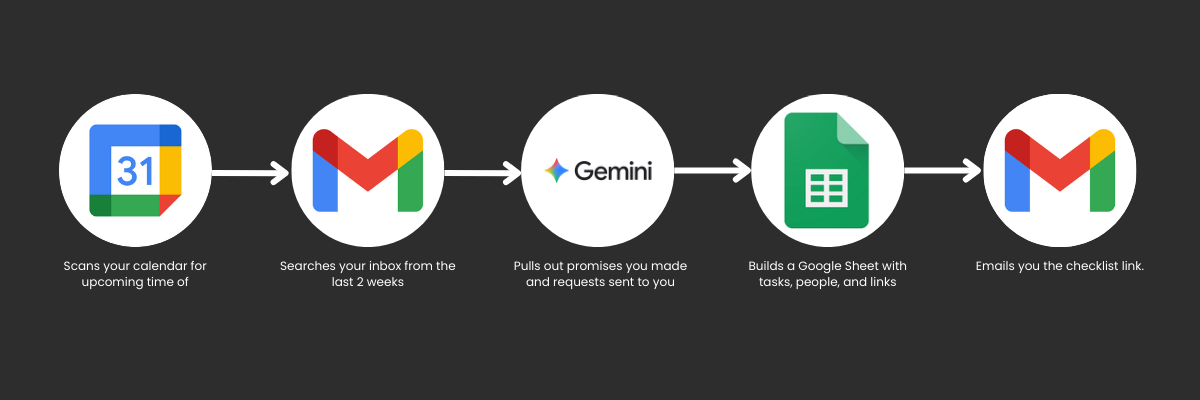

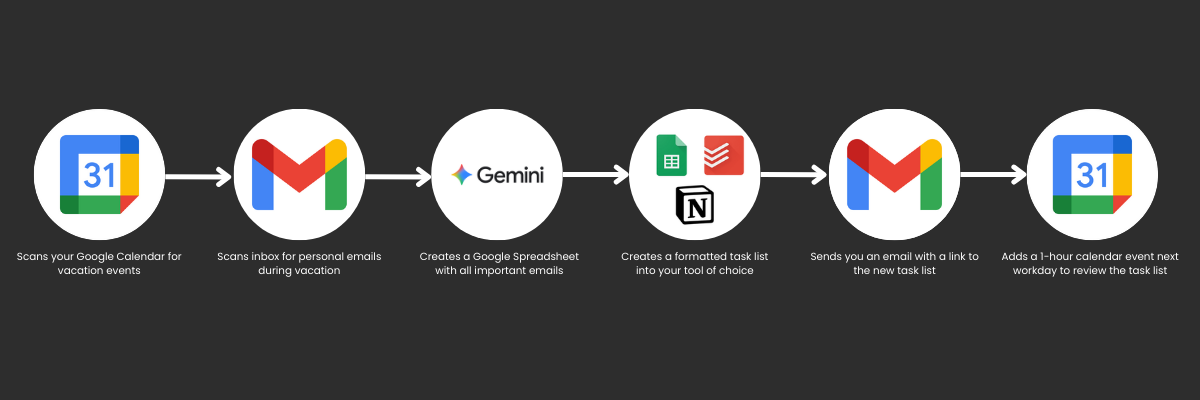
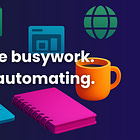
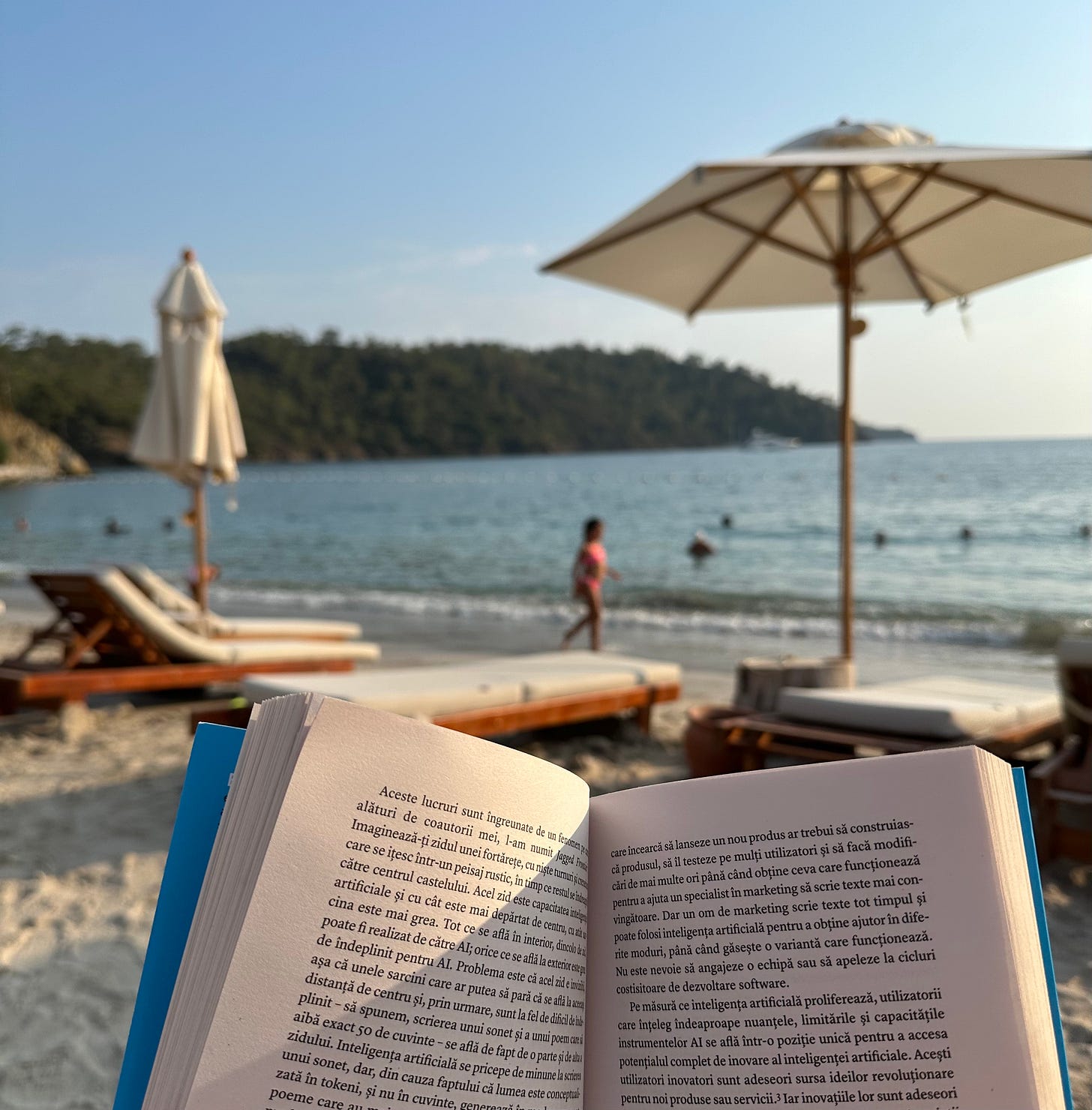

Great way to leverage AI to do things only top-tier executive assistants used to be able to do.
No, scratch that, Daria - This exceeds the potential of most humans to prevent things from falling between the cracks!
This is a familiar feeling: “the undifferentiated mass of communication creates a kind of cognitive vertigo”